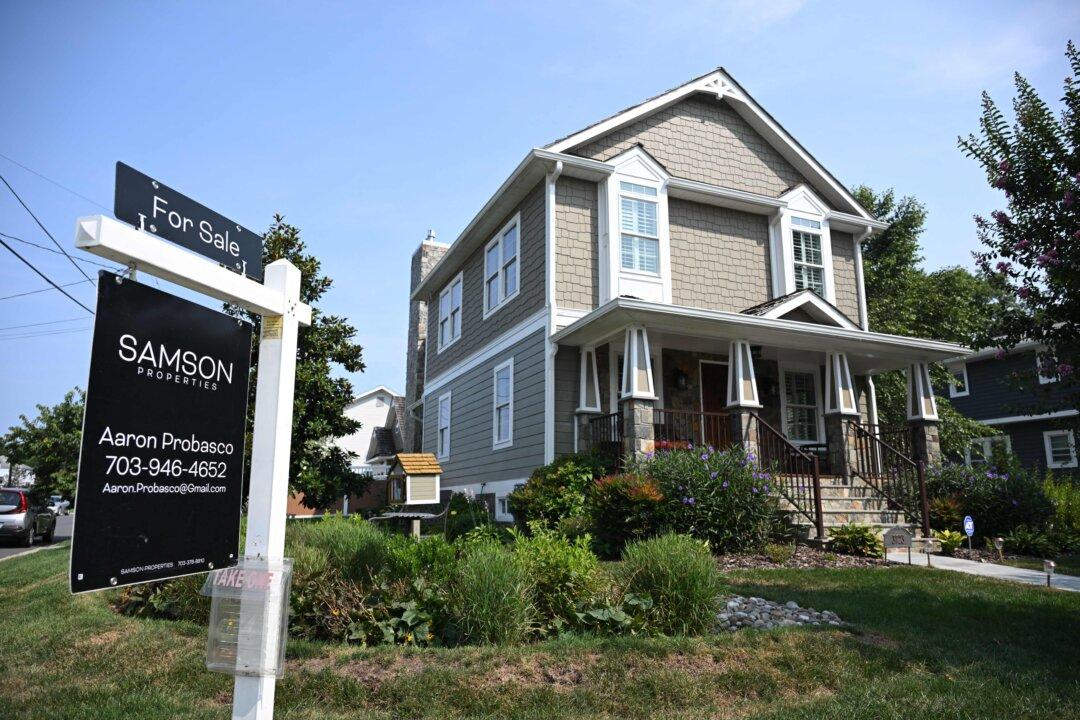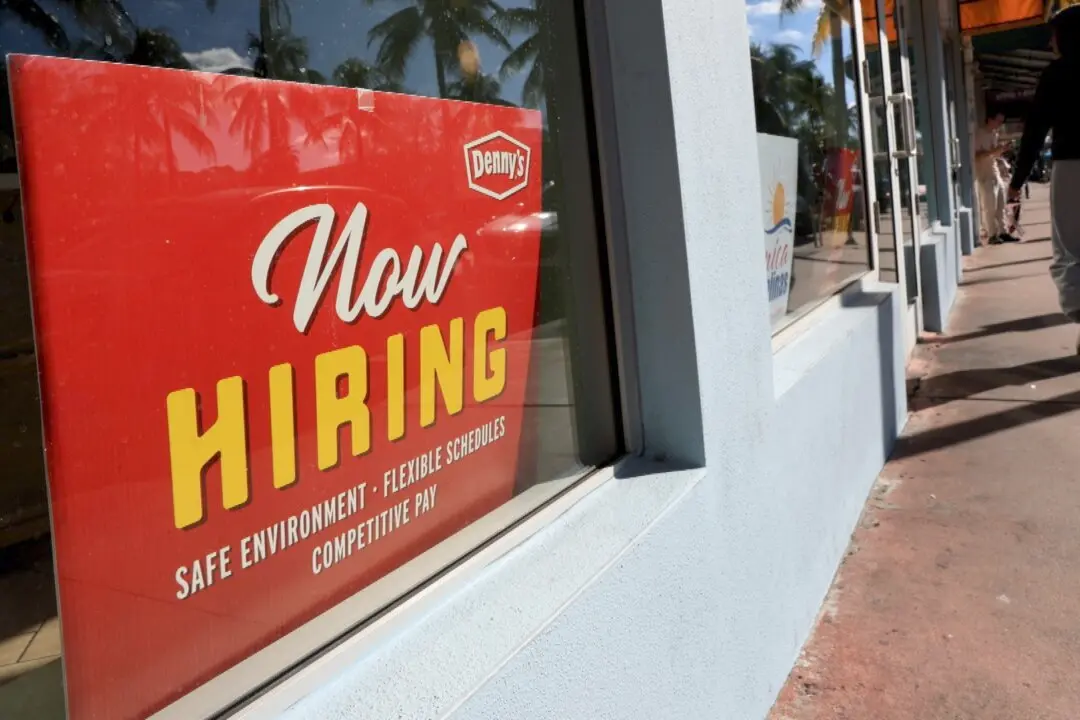A new study found that home insurance and property taxes account for a record share of homeowners’ monthly mortgage payments.
Home insurance costs have surged by about 5 percent since January 2023. Natural disasters, ballooning repair costs, and growing industry consolidation drove the increase.





